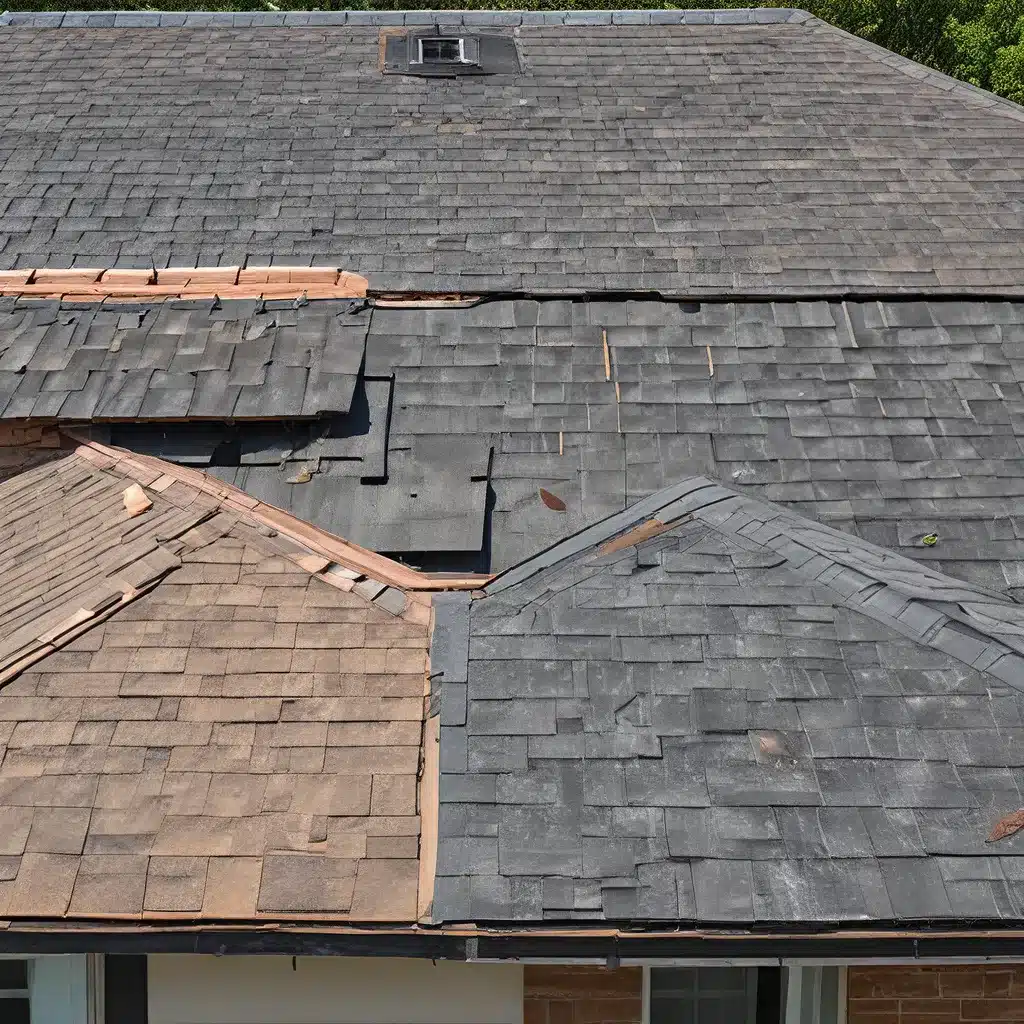
As a homeowner, I’m always on the lookout for ways to make my home more sustainable and eco-friendly. And when it comes to roofing, there are so many exciting green options out there that can not only reduce my carbon footprint but also make my home more resilient to extreme weather events.
Let me tell you, when I first started researching alternative roofing materials, I was a bit overwhelmed by all the choices. But after digging in, I realized that these eco-friendly options aren’t just good for the planet – they can also be incredibly stylish and cost-effective in the long run.
Embracing Green Infrastructure: The Power of Stormwater Management
One of the big drivers behind the push for more sustainable roofing is the growing issue of stormwater runoff. As cities and suburbs have become increasingly paved over, the natural ability of the land to absorb rainfall has diminished. This means that heavy rainstorms can cause serious flooding and water pollution, as all that stormwater rushes into our storm sewers and local waterways.
But did you know that your roof can actually be part of the solution? By incorporating green infrastructure elements into your roofing system, you can help mitigate stormwater runoff and provide a range of other environmental benefits. According to the EPA, green infrastructure systems like rain barrels, permeable pavement, and vegetated roofs can help filter and absorb stormwater where it falls, reducing the burden on our aging gray infrastructure.
Imagine if every home had a rain barrel or cistern attached to its downspouts, collecting and storing that precious rainwater for later use in the garden. Or picture a lush, living roof covered in native plants, soaking up rainfall and providing insulation to boot. These are the kinds of resilient, eco-friendly solutions that are gaining traction, and they’re not as difficult to incorporate as you might think.
Exploring Sustainable Roofing Materials
Of course, the roofing material itself is a crucial part of going green. And let me tell you, the options go way beyond just plain old asphalt shingles. In fact, some of the most cutting-edge sustainable roofing materials can actually outperform traditional options in terms of durability, energy efficiency, and overall environmental impact.
Take metal roofing, for example. Metal is an increasingly popular choice for eco-conscious homeowners, as it’s made from recycled content, is highly reflective to reduce cooling costs, and can often be recycled again at the end of its lifespan. Plus, metal roofs are incredibly resilient against things like fire, high winds, and hail – a major plus in an era of more extreme weather.
Another fascinating option is solar roofing tiles, which integrate photovoltaic cells right into the roofing material. These sleek, low-profile tiles allow you to generate renewable energy while protecting your home, seamlessly blending form and function. And as the technology continues to advance, solar roofing is becoming more affordable and accessible for the average homeowner.
But if you really want to get creative, how about a vegetated roof? Also known as green roofs, these systems incorporate a layer of soil and hardy, drought-tolerant plants that can provide incredible insulation, stormwater management, and even habitat for local wildlife. Sure, they require a bit more maintenance than your typical shingles, but the environmental benefits are tough to beat.
The Rise of Prefab and Modular Homes
As I’ve been exploring these eco-friendly roofing options, I’ve also been really intrigued by the growing trend of prefabricated and modular homes. According to Elemental Green, these factory-built homes often come equipped with cutting-edge sustainable features like structural insulated panels (SIPs), high-performance insulation, and smart home technology – all of which can contribute to a more energy-efficient and resilient roofing system.
Plus, the precision and efficiency of prefab construction means there’s often less material waste than in traditional stick-built homes. And with the nationwide shortage of skilled construction labor, these modular homes can be built and delivered much faster, getting you into your dream green home in record time.
Now, I know what you might be thinking – prefab homes can’t possibly have the same level of customization and design flexibility as a traditional site-built home, right? Well, think again! Companies like CleverHomes, Dvele, and Plant Prefab are pushing the boundaries of what’s possible, offering gorgeous, high-end prefab options with all the sustainable features you could want.
So whether you’re in the market for a new home or just looking to upgrade your existing roof, I’d highly recommend exploring these eco-friendly alternatives. With their blend of resilience, energy efficiency, and environmental benefits, they just might be the solution you’ve been searching for to create your dream green, resilient home.